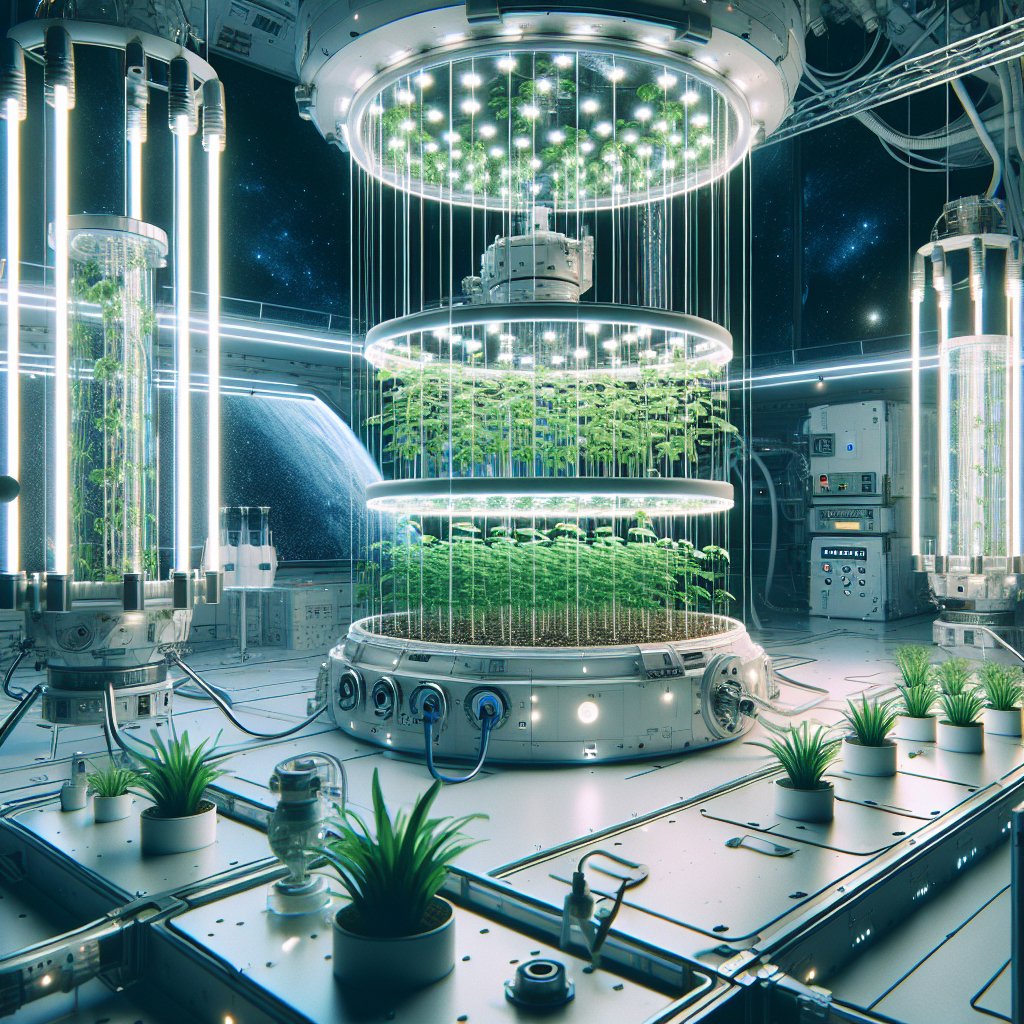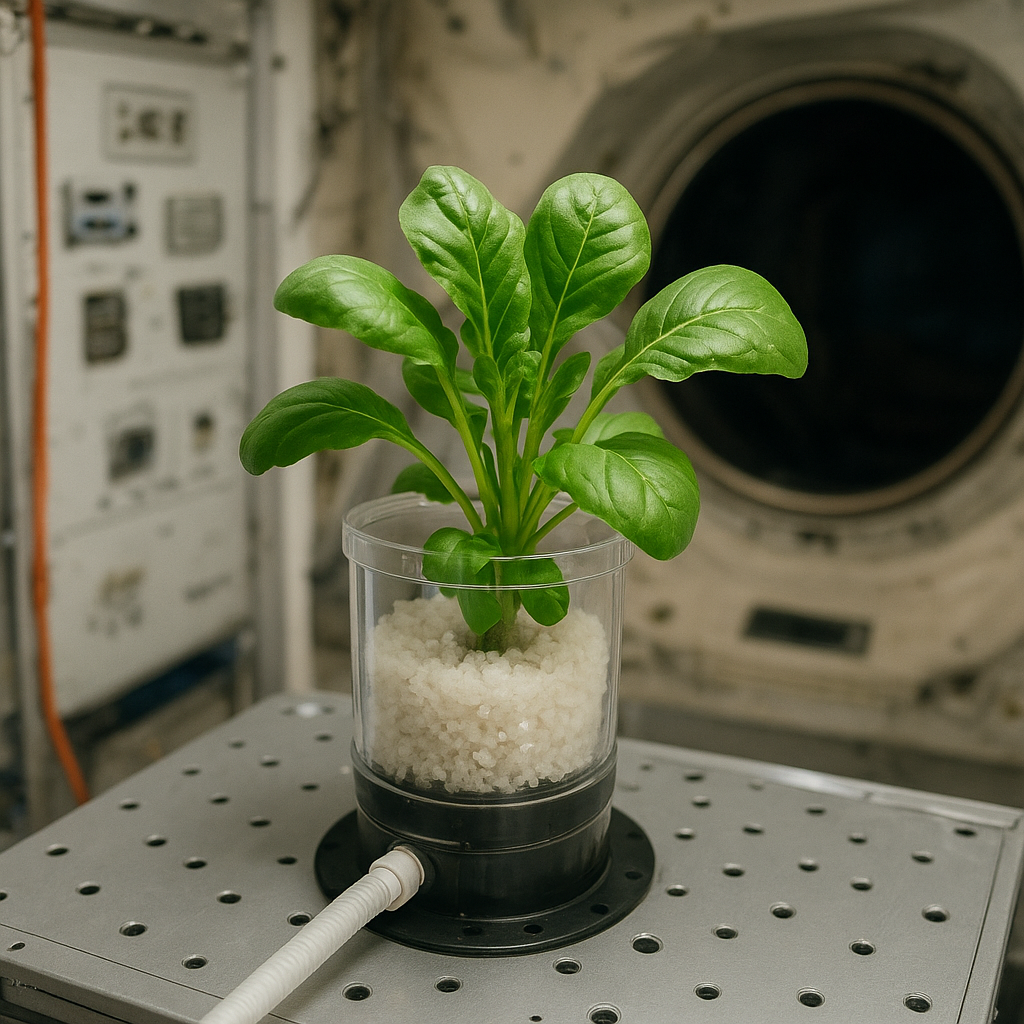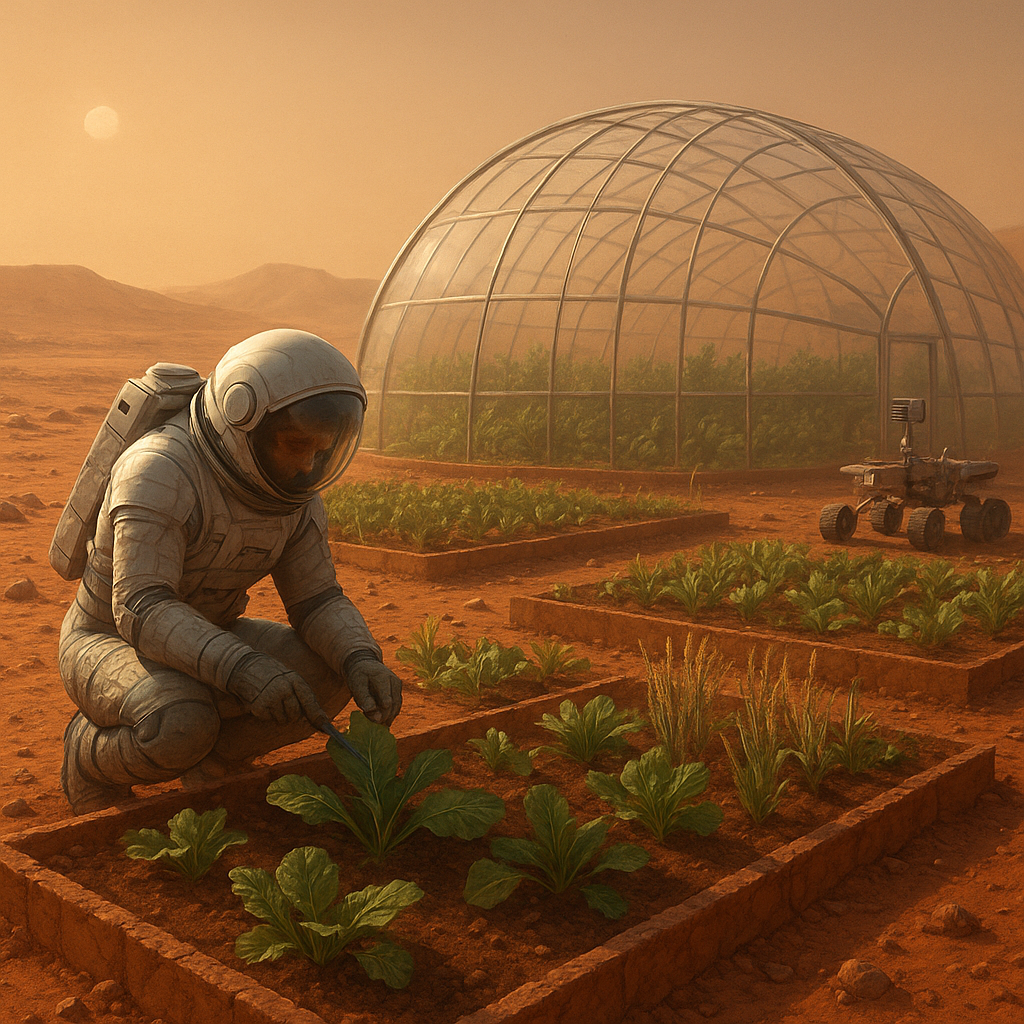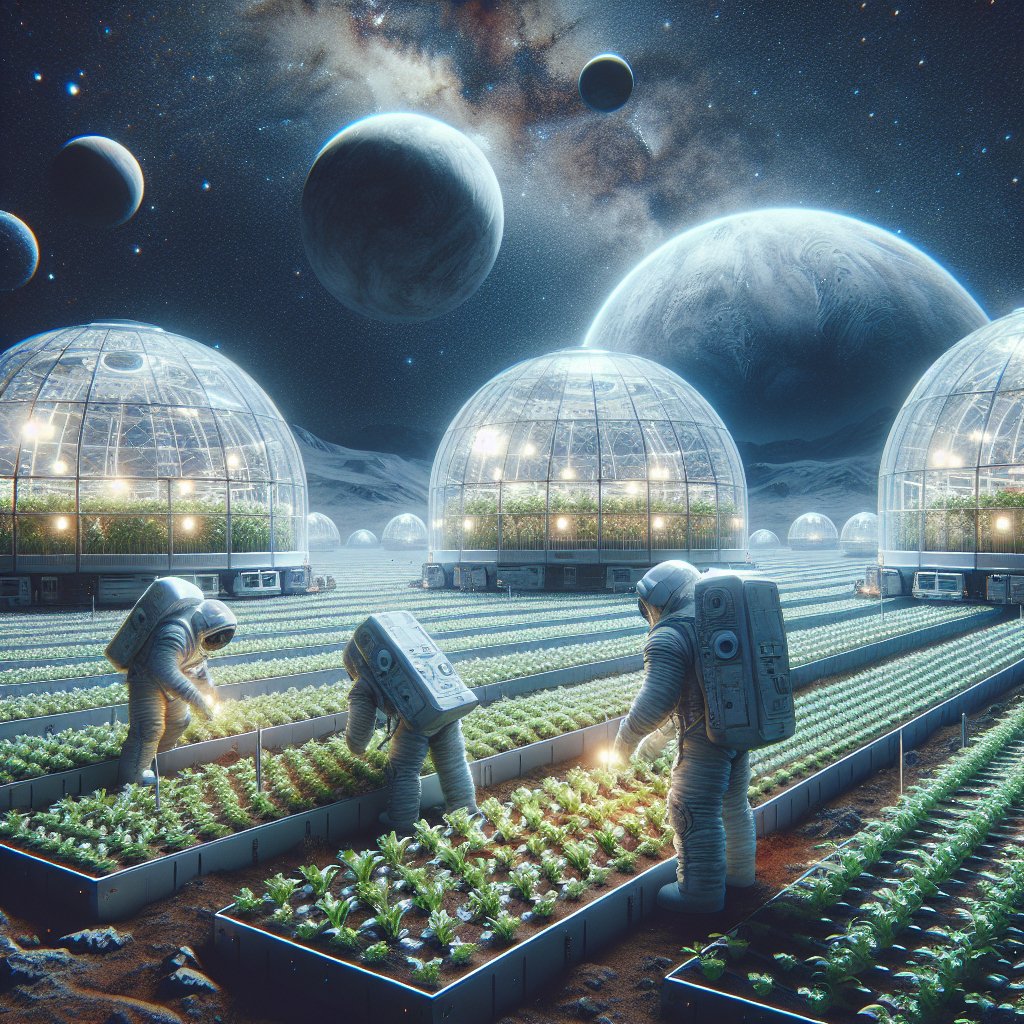The intersection of biotechnology and agriculture in space is a fascinating frontier that holds the potential to revolutionize how we think about food production beyond our planet. As humanity sets its sights on long-term space exploration, the need for sustainable agricultural practices in extraterrestrial environments becomes increasingly critical. This article delves into the innovative biotechnological advancements that are paving the way for agriculture in space, exploring the challenges, solutions, and future possibilities.
The Challenges of Space Agriculture
Growing food in space presents a unique set of challenges that differ significantly from traditional farming on Earth. The harsh conditions of space, including microgravity, radiation exposure, and limited resources, require innovative solutions to ensure successful crop production. Understanding these challenges is essential for developing effective agricultural systems that can thrive in extraterrestrial environments.
Microgravity Effects on Plant Growth
One of the most significant challenges of space agriculture is the microgravity environment. On Earth, gravity plays a crucial role in plant growth, influencing processes such as nutrient uptake, water movement, and root development. In microgravity, plants exhibit altered growth patterns, which can lead to stunted growth or abnormal morphology. Researchers are investigating how plants adapt to these conditions and are exploring ways to manipulate growth factors to optimize crop yields in space.
Radiation Exposure
Space is filled with high levels of cosmic radiation, which poses a threat not only to human health but also to plant life. Radiation can damage plant DNA, leading to mutations and reduced viability. To combat this, scientists are exploring the use of genetically modified organisms (GMOs) that can withstand higher levels of radiation. By enhancing the resilience of crops through biotechnology, researchers aim to ensure that plants can thrive in the harsh conditions of space.
Resource Limitations
In space, resources such as water, soil, and nutrients are limited. Traditional farming methods that rely on vast amounts of land and water are not feasible in extraterrestrial environments. Therefore, innovative biotechnological solutions are necessary to create self-sustaining agricultural systems. Hydroponics, aeroponics, and other soil-less farming techniques are being developed to maximize resource efficiency and minimize waste.
Biotechnological Innovations in Space Agriculture
Despite the challenges, biotechnology offers a range of innovative solutions that can enable successful agriculture in space. From genetic engineering to advanced cultivation techniques, these advancements are paving the way for sustainable food production beyond Earth.
Genetic Engineering for Resilience
Genetic engineering is at the forefront of biotechnological innovations in space agriculture. By modifying the genetic makeup of plants, scientists can enhance their resilience to extreme conditions. For example, researchers are developing crops that can tolerate higher levels of salinity, drought, and temperature fluctuations. These genetically modified plants are better suited for the unpredictable environments of space, ensuring a reliable food supply for astronauts on long missions.
Bioregenerative Life Support Systems
Bioregenerative life support systems (BLSS) are designed to create a closed-loop ecosystem that can sustain human life in space. These systems integrate biological processes, such as plant growth and waste recycling, to produce food, oxygen, and clean water. Biotechnology plays a crucial role in optimizing these systems, allowing for the selection of plant species that can thrive in confined environments while efficiently utilizing available resources.
Microbial Assistance in Plant Growth
Microbes play a vital role in plant health and growth, and their application in space agriculture is gaining attention. Beneficial microorganisms can enhance nutrient availability, promote plant growth, and protect against pathogens. By harnessing the power of these microbes, researchers are developing strategies to improve crop yields and resilience in space. This symbiotic relationship between plants and microbes could be key to establishing sustainable agricultural practices beyond Earth.
The Future of Agriculture in Space
The future of agriculture in space is filled with possibilities, driven by ongoing research and technological advancements. As humanity prepares for missions to Mars and beyond, the need for sustainable food production systems becomes increasingly urgent. The integration of biotechnology into space agriculture will play a crucial role in ensuring that astronauts have access to fresh, nutritious food during their journeys.
Potential for Space Colonization
As we look toward the possibility of colonizing other planets, the development of robust agricultural systems will be essential. Successful space agriculture could support not only astronauts on missions but also future settlers on Mars or other celestial bodies. By establishing self-sustaining ecosystems, we can create habitable environments that support human life and promote long-term exploration and colonization efforts.
Collaboration and Research Initiatives
Collaboration between space agencies, agricultural researchers, and biotechnologists is crucial for advancing space agriculture. Initiatives such as NASA’s Veggie experiment aboard the International Space Station (ISS) have already demonstrated the feasibility of growing crops in microgravity. Continued research and experimentation will lead to new insights and innovations that can further enhance our ability to grow food in space.
Public Engagement and Education
Engaging the public in the conversation about space agriculture is essential for fostering interest and support for future initiatives. Educational programs that highlight the importance of biotechnology in space can inspire the next generation of scientists and innovators. By raising awareness about the challenges and opportunities of agriculture in space, we can cultivate a sense of curiosity and excitement about the future of food production beyond our planet.
In conclusion, the integration of biotechnology into agriculture in space represents a groundbreaking frontier that holds immense potential for the future of food production. By addressing the challenges of microgravity, radiation, and resource limitations, researchers are developing innovative solutions that can enable sustainable agriculture beyond Earth. As we continue to explore the cosmos, the advancements in biotechnology will play a pivotal role in ensuring that humanity can thrive in new and uncharted environments.




